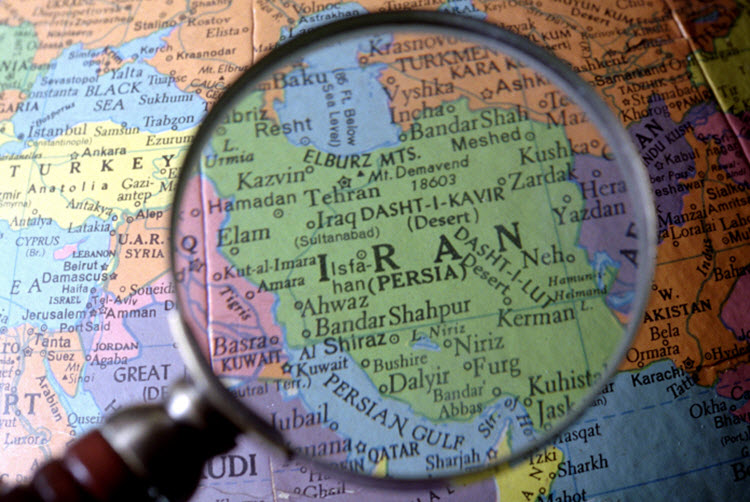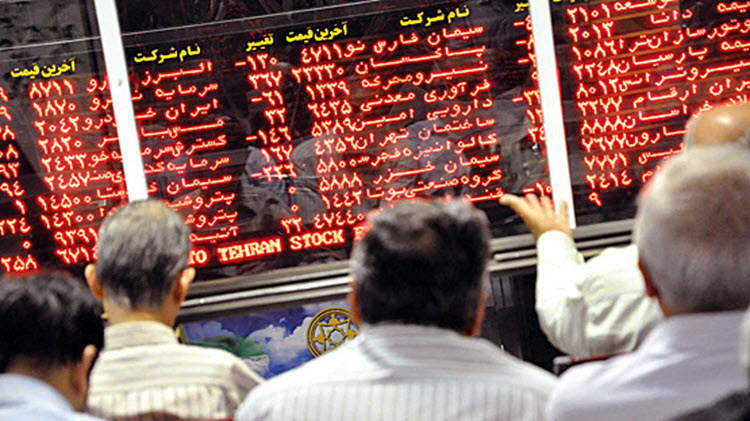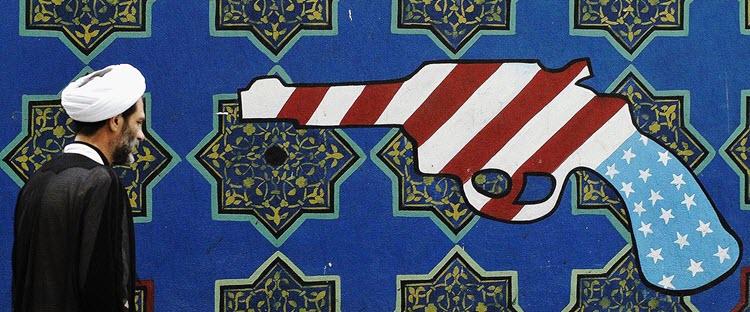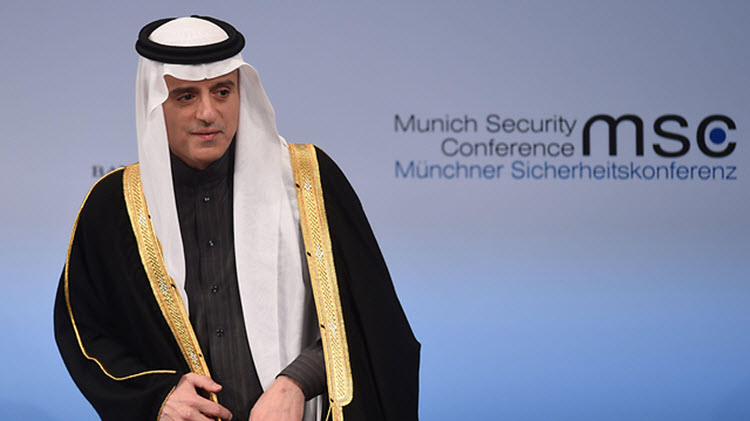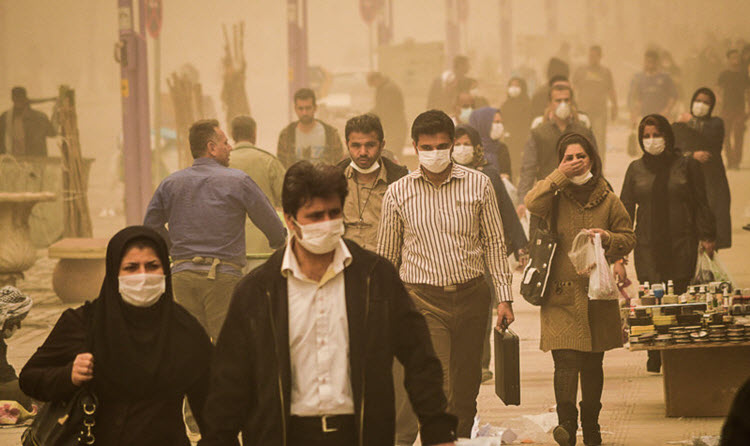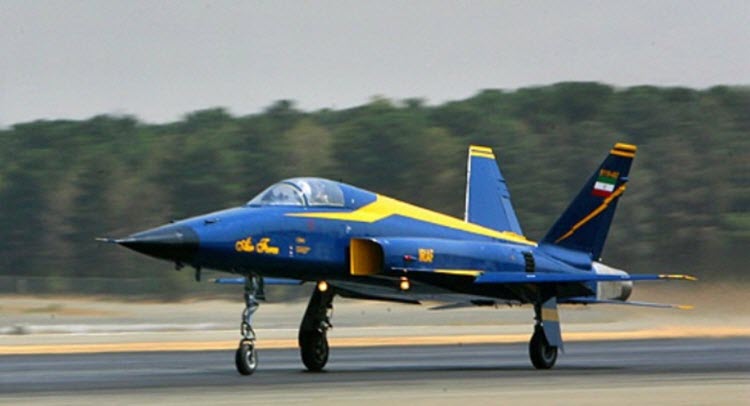
In the latest of a series of provocative actions, Iran has just commenced a new set of military drills and Israel and Saudi Arabia have responded by issuing warnings. Tensions are rising between Iran and the United States but one important factor has been overlooked in all this – the volatile state of society in Iran.
For the past 38 years, the people of Iran have been living under the dictatorship of the clerical regime. The past four of these years have been under the so-called “moderate” President Hassan Rouhani. But the reality is that there has been nothing moderate about him. The number of executions has risen dramatically and the crackdown on society is out of control.


